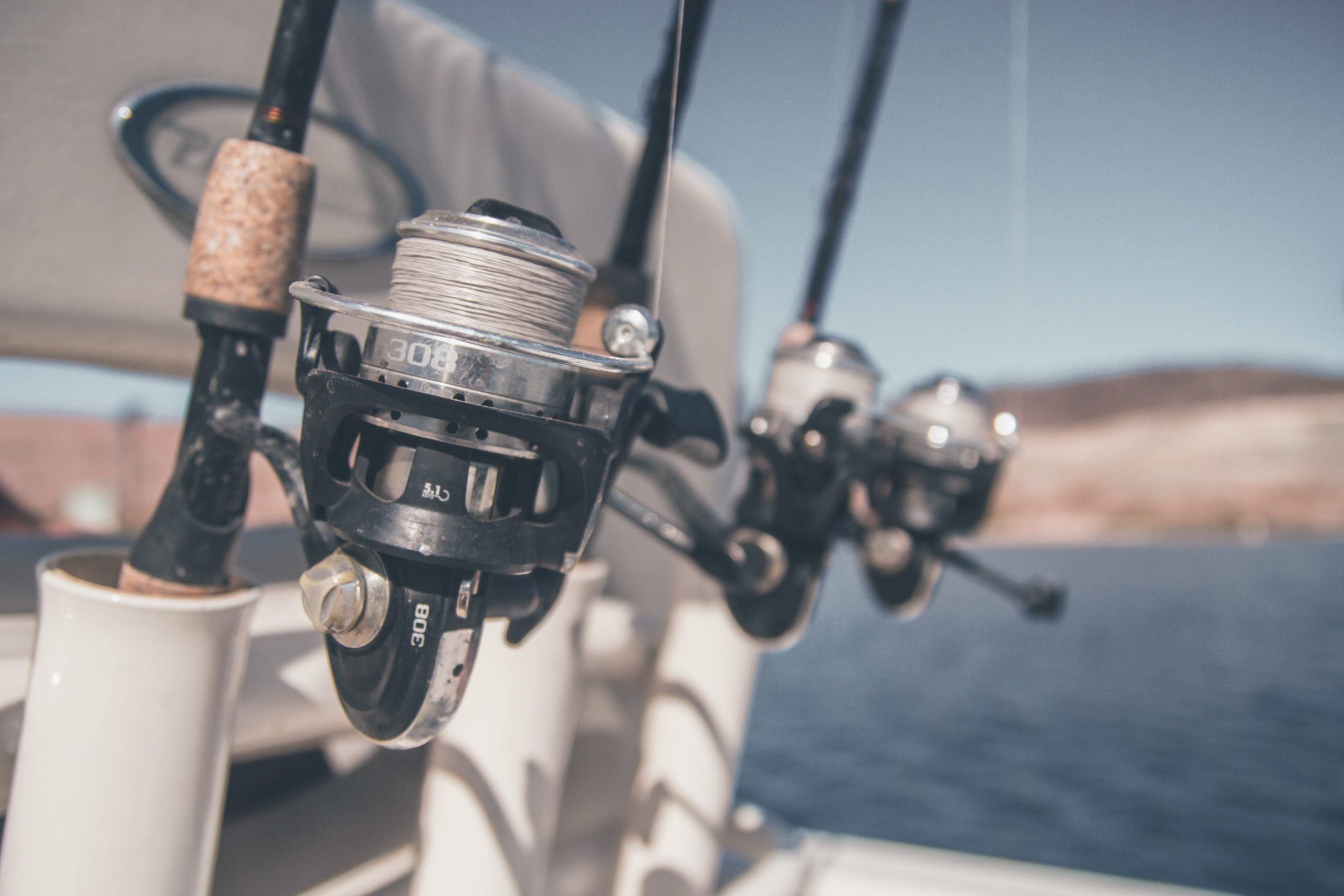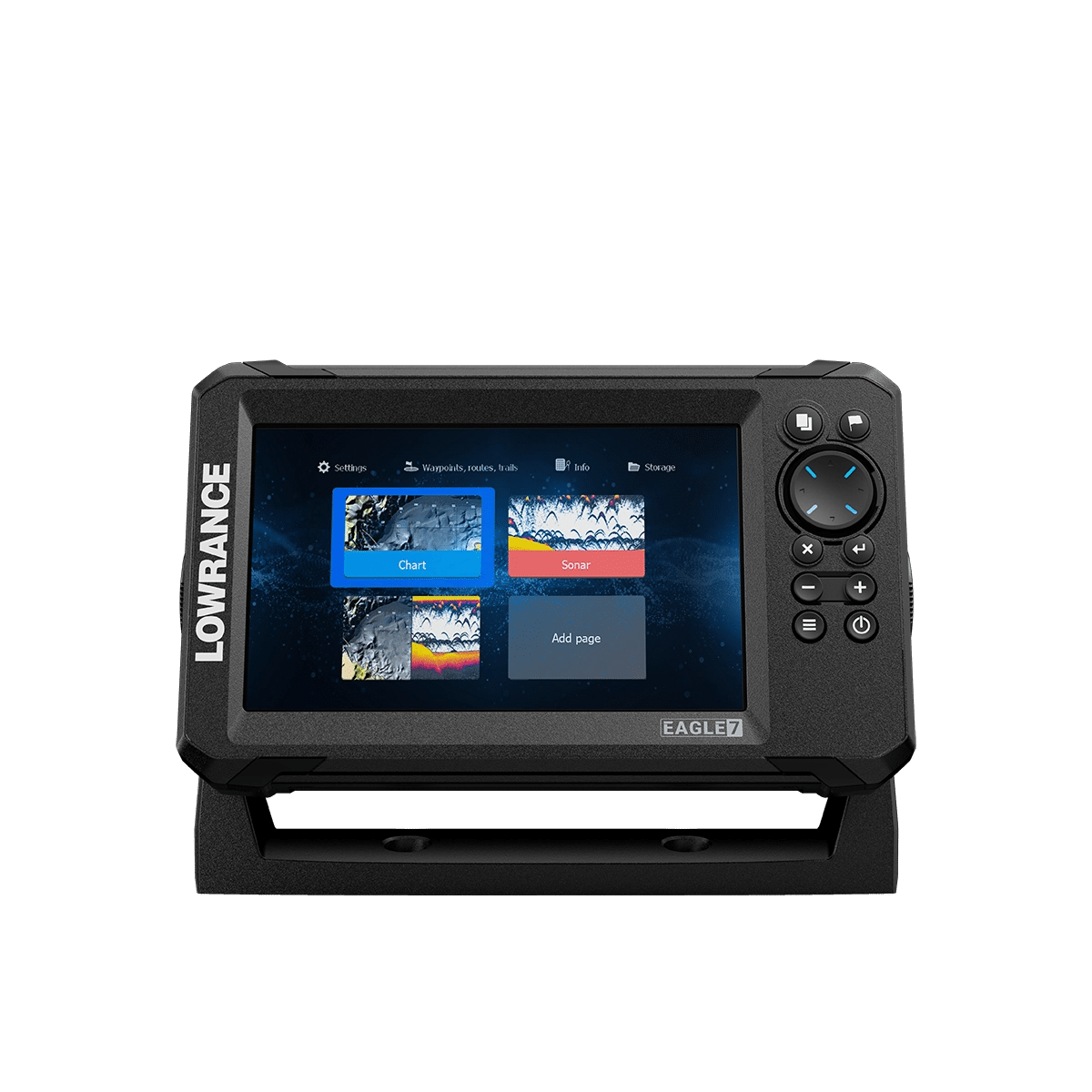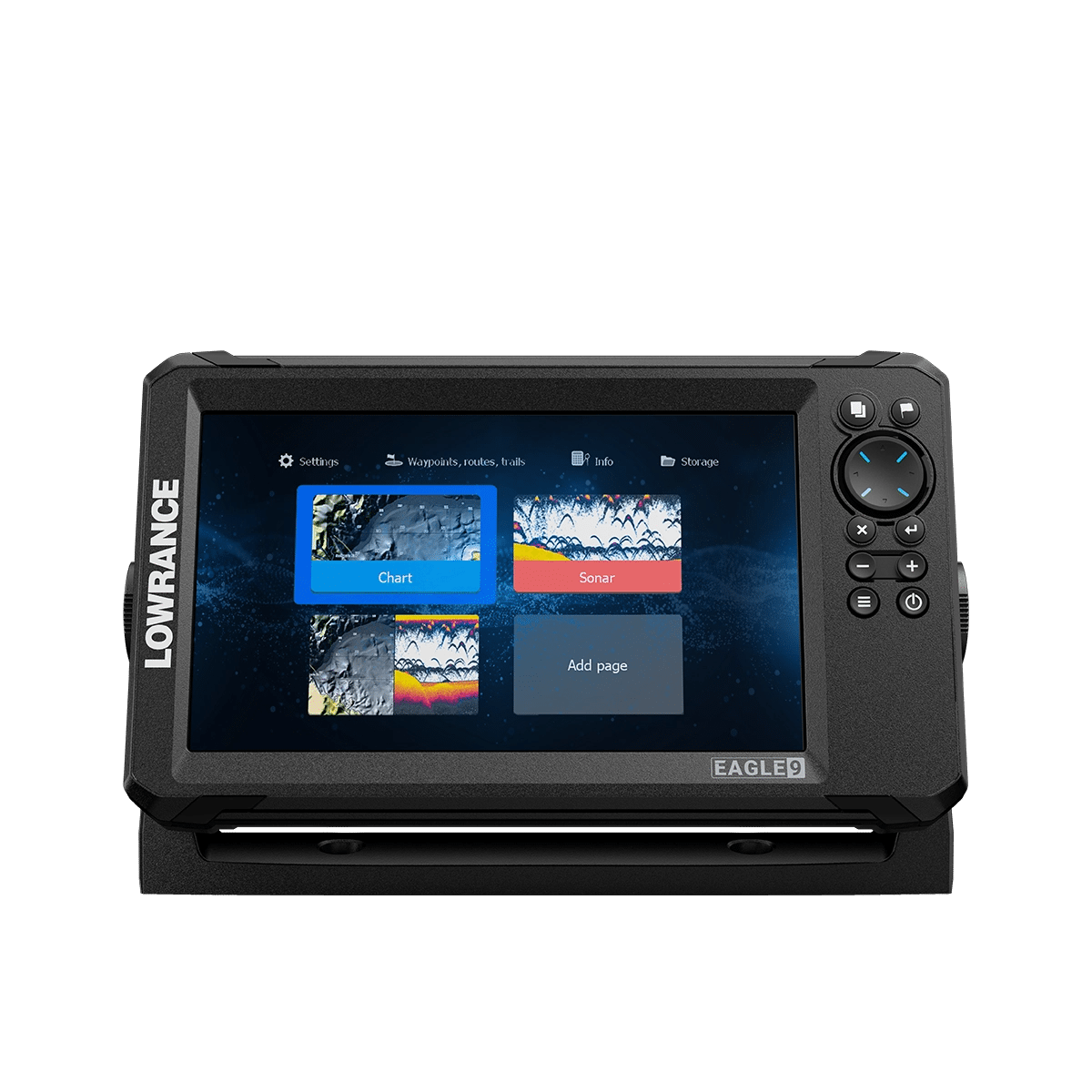How Fishfinders Work
Thursday, July 29, 2021 — 0 Comments

Modern recreational sonar equipment (also called a fishfinder, bottom machine, echo sounder, depthsounder, or just sounder) uses sound waves to look through the water. The sonar device then displays a picture of what’s below the hull of a boat.
Sound pulse. First it sends a pulse of sound down, via the transducer. The sound bounces off objects in the water, like rocks, wrecks, and fish. Second, it measures the time that sound pulse takes to return and uses that information to display a screen.
Sound waves reflect best off objects with densities different than water’s. So rocks, mud, metal, and the air-filled swim bladders of fish all show up well. (There are also side-scanning and forward-scanning sounders, normally found on commercial fishing, military, and research vessels; these are expensive units.)
Whether you use your device to navigate the depths, determine bottom composition or to find those fish, you’ll need to consider some basic questions: Which transducer frequency should I use? How much resolution do I need? How much power do I need? How do underwater shapes appear on different machines?
Transducers
Frequencies from 28 kHz to 455 kHz are common, and some provide boatspeed and water temperature data. Lower frequencies penetrate deep water better, while higher frequencies show better detail. Some units are available with more than one frequency (e.g. dual frequency).
Virtually all displacement sailboats need through-hull or shoot-through transducer mountings. The former will generally be more accurate; the latter is normally epoxied to the inside of the hull, and doesn’t require drilling a large hole through the boat. Both types require careful locating and alignment. If you decide on the through-hull version, and need to install it in a hull cored below the waterline, you’ll need to take great care to seal the core around the hole.
Transducers vary from a pre-packaged unit selected for a specific machine to many other options. There are transom-mount, through-hull, and shoot-through units, usually in plastic or bronze options.
Screens
LCD screens are lighter, require less power, and are easier to waterproof than comparable CRT screens. The latest improvements in LCD technology such as glare-reducing coatings and internal backlighting make these screens easy to see even in direct sunlight.
Screen resolution is normally expressed in a horizontal and vertical pixel count, such as 234 x 320. This means 234 dots make up each horizontal line of the screen, and 320 dots comprise every vertical line. The horizontal pixel count tells you how much history your screen will show and how much screen space you will have for split-screen functions.
The higher the vertical pixel count, the better the machine will be able to show a distinction between the sea bed and anything above it, especially in deep water. If you’re scanning in 20′ of water on a unit with 320 pixels of vertical resolution, each pixel represents less than an inch of water depth. This means the machine should easily show even a small rock or object above the bottom profile. In 300′ of water, though, each pixel represents about a foot of depth, which necessitates the use of resolution-enhancing split screen functions to distinguish between the bottom and objects above it.
Functions
Four major functions increase a fishfinder’s usefulness: bottom lock, zoom, A-scope, and whiteline. Bottom lock and zoom increase the screen resolution by showing only a portion of the water column on the screen.
Whiteline, which Lowrance refers to as Greyline, changes the way a machine displays the bottom echoes. With Whiteline activated, the bottom will show up as a thin black line under which varying depths of white or gray indicate strong or weak echoes. This makes it easier to determine bottom hardness and differentiate between bottom and objects close to the seabed. Aside from giving a view of rocks and obstructions, this can make a big difference in your anchoring decisions and techniques.
The maximum power output of most recreational depthsounders is between 100 and 1000 watts of RMS (root mean square) power, which we can take to mean an average continuous power output. More power generally helps a machine work better in deeper water.
There are a couple of operational tips that can help you use your fishfinder or sonar more effectively. “Auto” is always a good starting point. Eventually, you’ll be able interpret bottom features and machine capabiltities well enough to begin adjusting the settings manually. There are different ways to do this, but the simplest is to increase gain until you begin to see “noise” in the water column, then back off the gain slightly similar to adjusting squelch on a VHF.
The performance of any sounder is best at low speeds.
Expect decreases in performance on a sailboat at planing speed and on a powerboat at high speed.
Explore these Fishfinder products.





